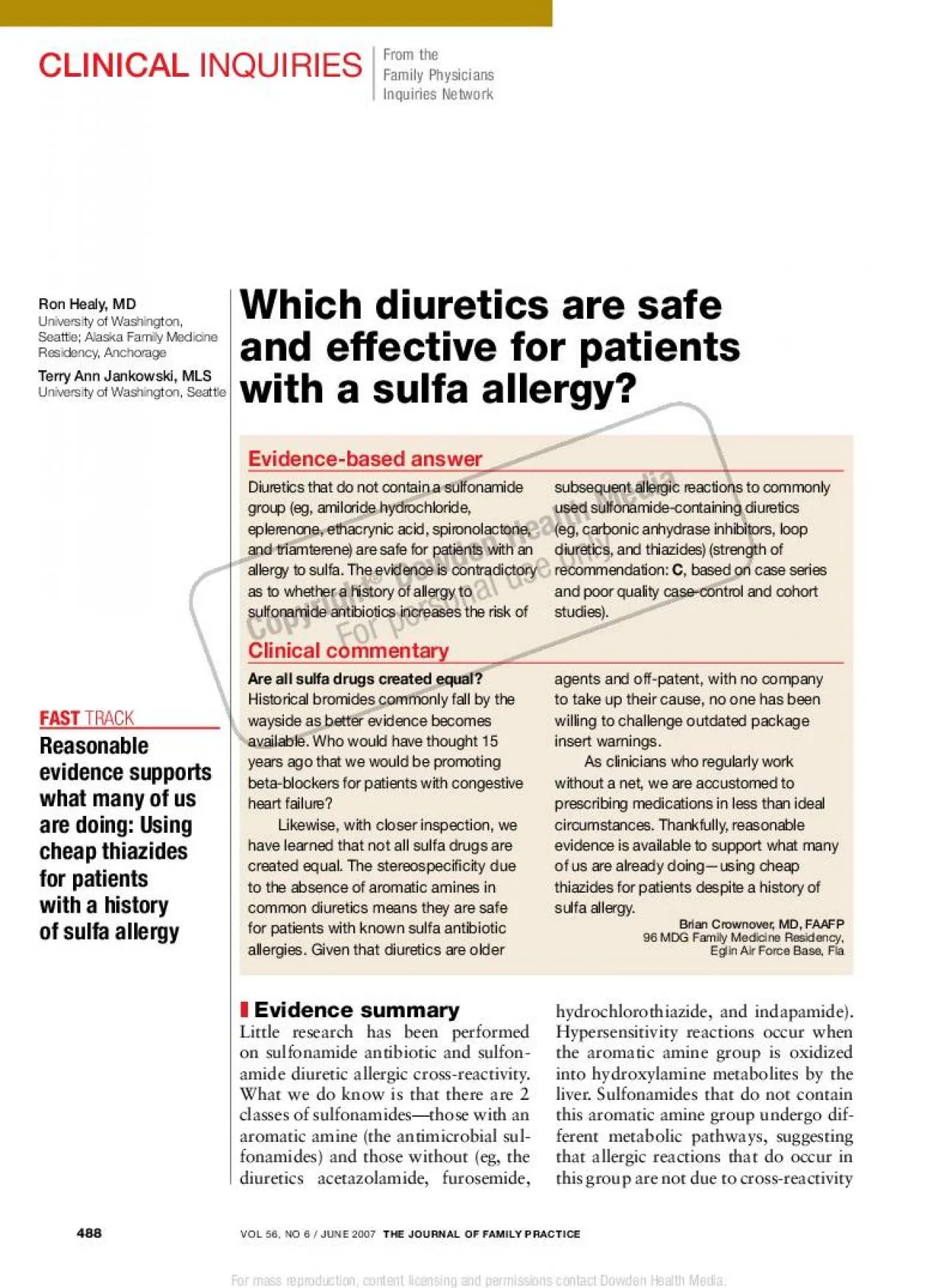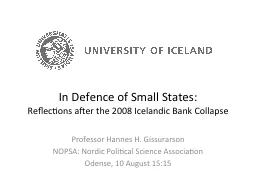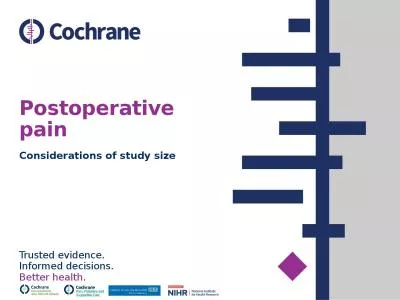PDF-A small singleblind study of 28 pa
Author : carla | Published Date : 2021-10-07
CLINICAL INQUIRIEStients with a history of 31xed drug eruption to sulfonamide antibiotics examined the usefulness of patch testing as an alternative to controlled
Presentation Embed Code
Download Presentation
Download Presentation The PPT/PDF document "A small singleblind study of 28 pa" is the property of its rightful owner. Permission is granted to download and print the materials on this website for personal, non-commercial use only, and to display it on your personal computer provided you do not modify the materials and that you retain all copyright notices contained in the materials. By downloading content from our website, you accept the terms of this agreement.
A small singleblind study of 28 pa: Transcript
Download Rules Of Document
"A small singleblind study of 28 pa"The content belongs to its owner. You may download and print it for personal use, without modification, and keep all copyright notices. By downloading, you agree to these terms.
Related Documents













